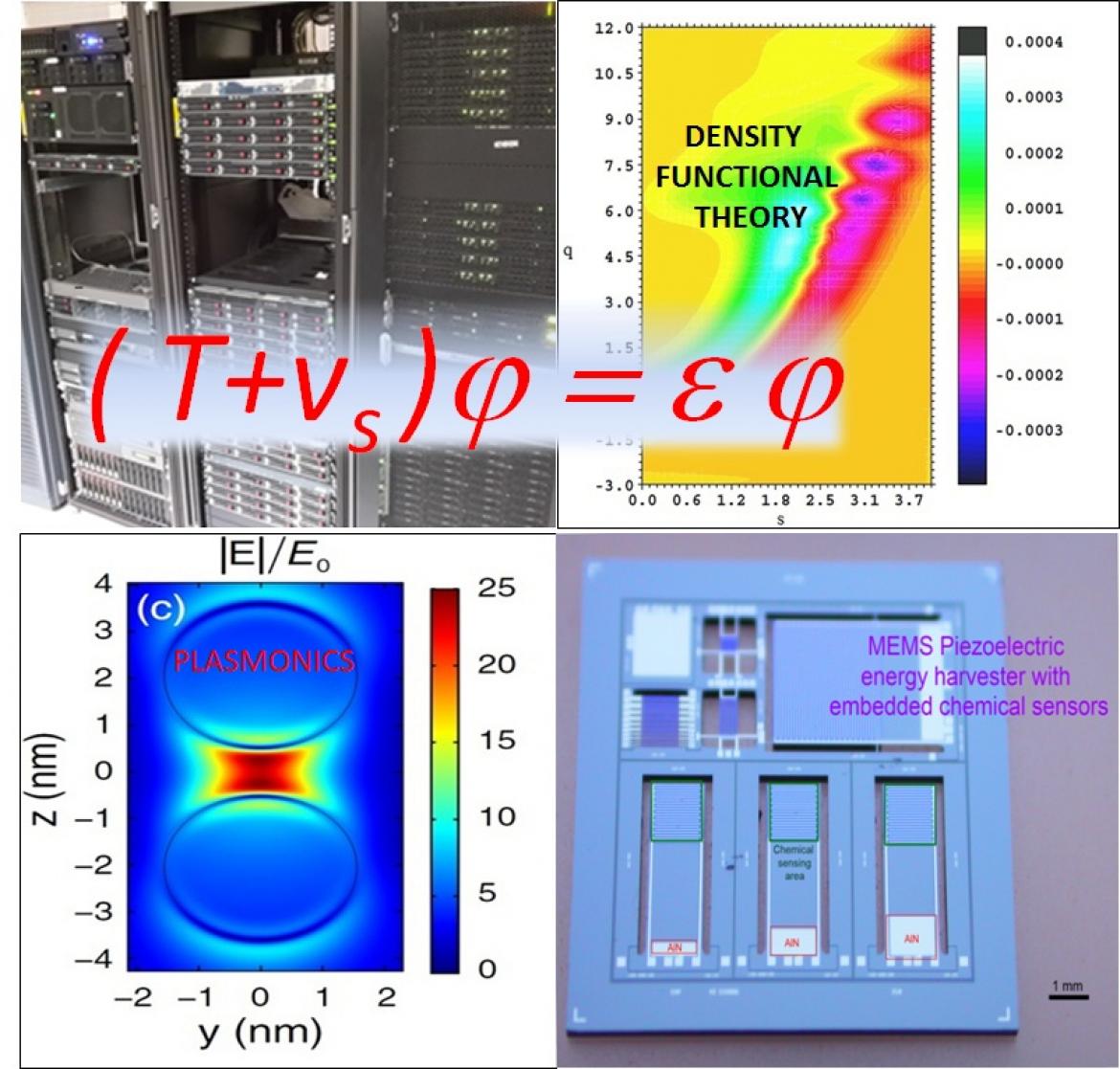
The theoretical-computational activity in Lecce is focused on four different reseach lines:
1) development of density-functional theory, 2) application of DFT methods to model nanosystems, 3) computational (quantum) plasmonics and 4) modelling of MEMS devices.
Development of Density Functional Theory Methods
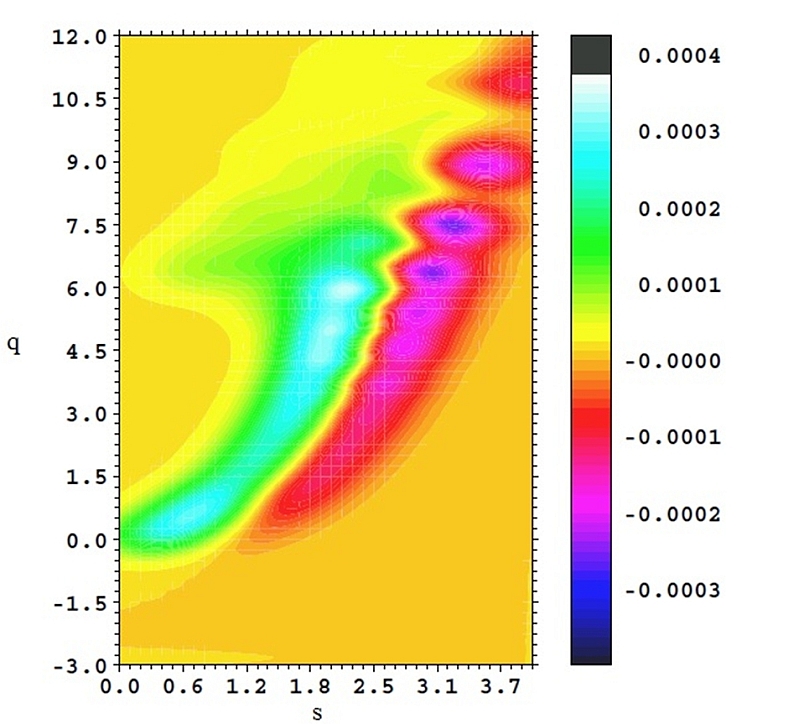
We develop Density Functional Theory (DFT) exchange-correlation (XC) and kinetic energy (KE) functionals. First principles Kohn-Sham (KS) calculations allow a reliable prediction of electronic and optical properties of materials. However, the final accuracy depends on the approximation made for the XC functional. We work at the meta Generalized Gradient Approximation (meta-GGA) level of theory, which allows to obtain a very high accuracy with low computational costs, and with orbital-dependent functionals to treat exactly the exchange and the second-order correlation. While the accuracy of KS-DFT depends on the approximations for the XC energy as a functional of the electronic density, orbital-free (OF) and subsystem-DFT calculations require even more essential approximations for the non-interacting KE functional. In OF-DFT the total KE needs to be approximated, whereas in subsystem-DFT only its non-additive part (i.e. the difference between the total interacting system and the sum of its non-interacting subsystems) is required. In both cases the development of accurate KE density functionals is a big challenge in DFT. We are developing semilocal KE functionals which employ the Laplacian of the electronic density as input ingredient.
Collaborations: L. A. Constantin (IIT), P. Gori-Giorgi (Amsterdam), P. Cortona (Paris), I. Grabowski (Torun, Poland), J.M. Pitarke (San-Sebastian, Spain)
Software: TURBOMOLE (development), PROFESS (development), JELLCODE (in-house developed)
References:
Contact person: Fabio Della Sala, Eduardo Fabiano
Modeling of advanced organic materials for energy and biology
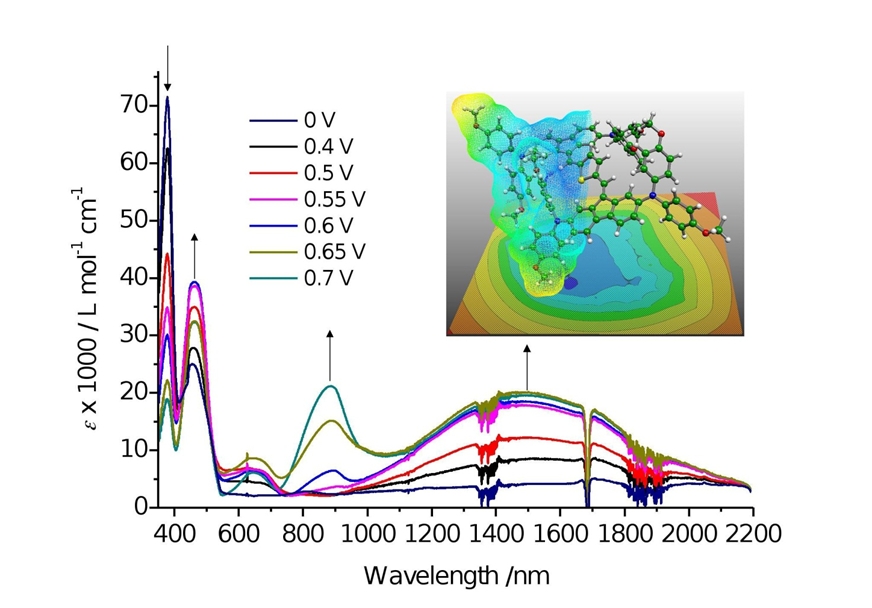
We apply computational electronic structure methods, in particular (time-dependent) density functional theory, to investigate the basic properties of molecular materials used in biological and optoelectronic applications. Modeling is, in fact, extremely important to determine the fundamental electronic properties (charge distributions and energetic properties), the spatial arrangement (formation of aggregates and/or complexes), and the interaction of different molecular species in complex systems.
Moreover, for optoelectronic applications, a basic characterization of the fundamental optical properties of the material (excited states, absorption and emission spectra) is required. These studies are conducted in close collaboration with experimental groups and are designed to provide a better understanding of the experimental data and a detailed knowledge of the physical and chemical phenomena underlying the materials’ behaviour.
Software: TURBOMOLE
References:
A. L. Capodilupo, L. De Marco, G. A. Corrente, R. Giannuzzi, E. Fabiano, A. Cardone, G. Gigli, G. Ciccarella Synthesis and characterization of a new series of dibenzofulvene based organic dyes for DSSCs, Dyes and Pigments 130, 79 (2016);
A. L. Capodilupo, E. Fabiano, L. De Marco, G. Ciccarella, G. Gigli, C. Martinelli, A.Cardone, [1] Benzothieno [3, 2-b] benzothiophene-based organic dyes for dye-sensitized solar cells, J. Org. Chem. 81, 3235 (2016);
F. Di Maria et al Improving the Property–Function Tuning Range of Thiophene Materials via Facile Synthesis of Oligo/Polythiophene‐S‐Oxides and Mixed Oligo/Polythiophene‐S‐Oxides/Oligo/Polythiophene‐S,S‐Dioxides, Adv. Funct. Mater. 26, 6970(2016)
Contact Person: Eduardo Fabiano
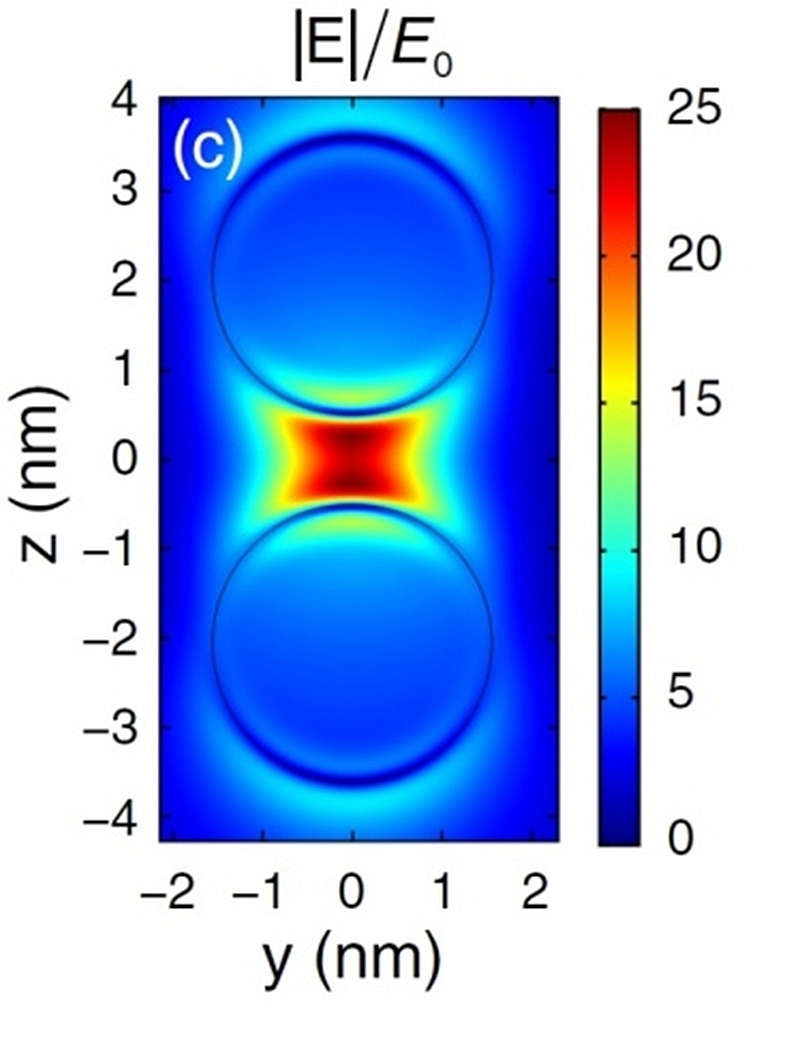
We study the optical properties of metallic nanostructures using the classical methods (discrete dipole approximation) and non-local approaches (quantum hydrodynamics, time-dependent density functional theory). The former allow the modeling of large systems, the latter are required when characteristic distances are below few nanometers. We investigated noble metal nanoparticles with different shapes and their interactions with localized dipolar sources.
Collaborations: C. Ciraci (IIT), M. Yurkin (Novosibirsk, Russia)
Software: ADDA, COMSOL, JELLCODE (in-house developed)
References:
Contact Person: Fabio Della Sala
Finite Element Method (FEM) simulations for MEMS Energy Harvesting devices

The Finite Element Method (FEM) simulations activity at CNR-IMM supports the design of MEMS devices for low power consumption and Energy Harvesting applications. Coupled physics phenomena are modelled and solved by using Comsol Multiphysics®. Coupled thermal and electrical analysis allows to maximize the performance of thermoelectric generators (TEGs), based on planar and vertical thermopiles, by optimizing the design of modules and the package of devices. FEM simulations are also implemented to evaluate the deflection and stress distribution in different-shaped floating membranes of capacitive pressure sensors, where small or large deformations in the model can be considered. About the piezoelectric devices, the piezoelectricity is combined with solid mechanics and electrostatics equations and physics features for a comprehensive modelling of generation behaviour. Piezoelectric coupling can be on stress-charge or strain-charge form. FEM analysis is used to study low temperature plasmas and to model dielectric barrier discharge in embedded system of sensor-DBD actuator for detection and control of flow separation in aeronautical applications.
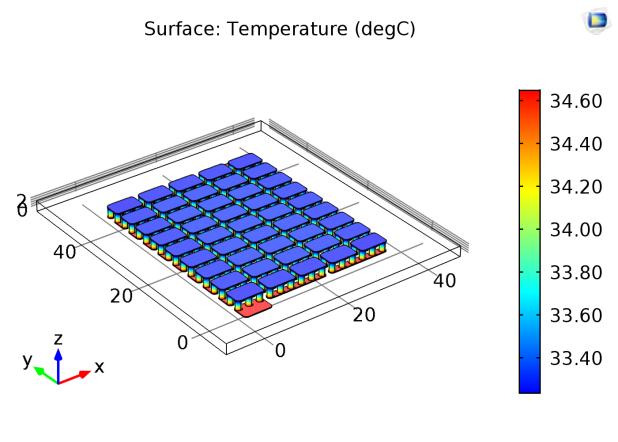
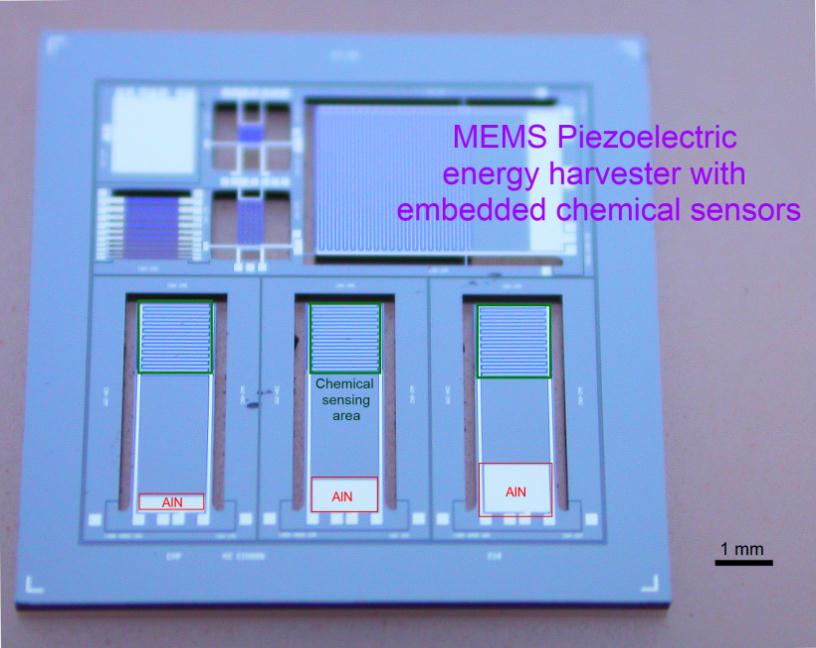
Software
COMSOL Multyphysics, MEMS PRO suite, L-Edit, Solidworks
References
Contact person: Luca Francioso
High Performance Computing Center
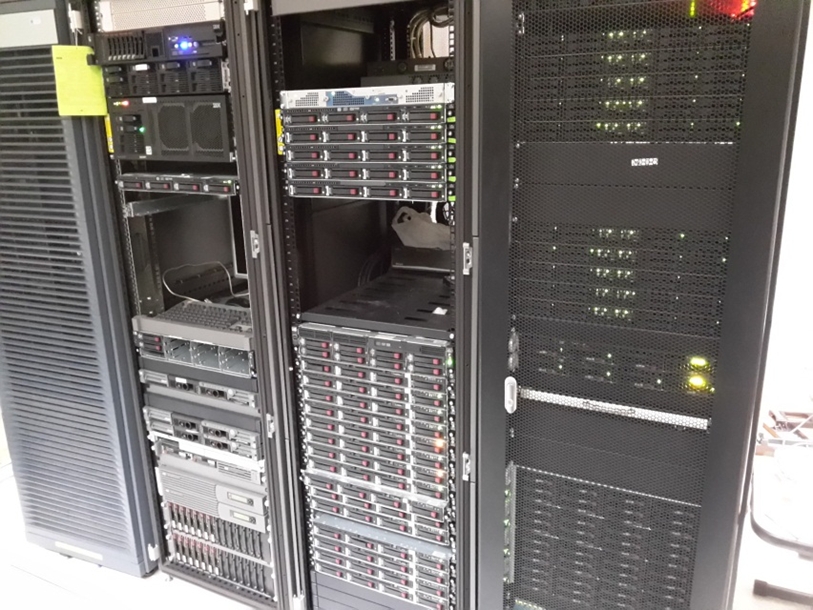
First-principles DFT calculations require High-Performance Computating. At IMM-Lecce the following main computational resources are available:
- cluster HPXC4000 with 16 nodes (128 cores Opteron, 512GB ram) and switch Infiniband;
- cluster Clustervision with 24 nodes (224 cores Intel, 992 GB ram) switch Infiniband, 24 TB parallel storage;
- cluster HP with 4 nodes (96 cores Opteron, 256 GB ram);
- server IBM with 24 cores and 102GB ram.


